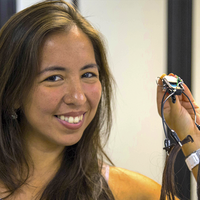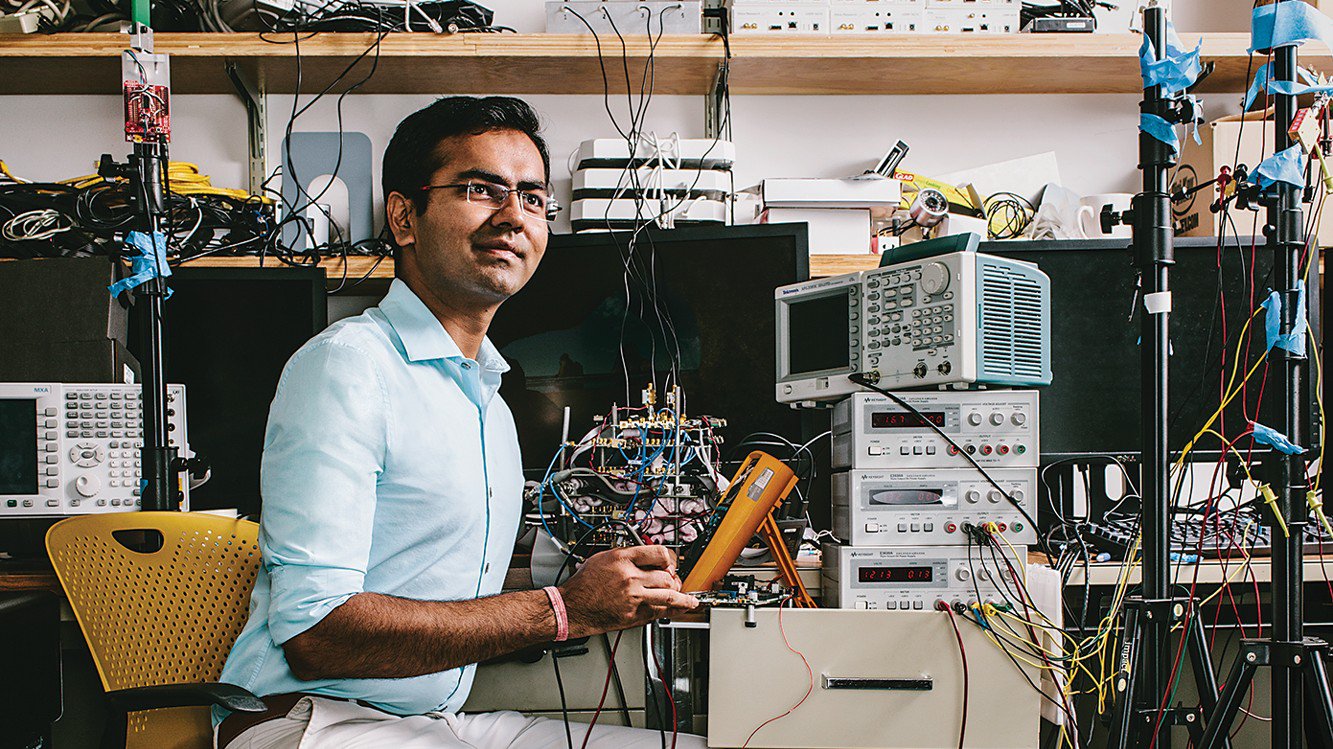Computer & electronics hardware
Dinesh Bharadia
A seemingly impossible radio design will double wireless data capabilities.
Photo by Adam DeTou

Europe
Jordina Arcal
Eating disorders, obesity and childhood psychosis can be controlled with her health apps

Latin America
Katia Canepa
Combining beauty products with electronics to create wearables that give users "superpowers

Global
Ari Roisman
Why the future of communication could be on your wrist.

Europe
Esther García
Her gadgets allow people with special needs to use computers and smartphones
